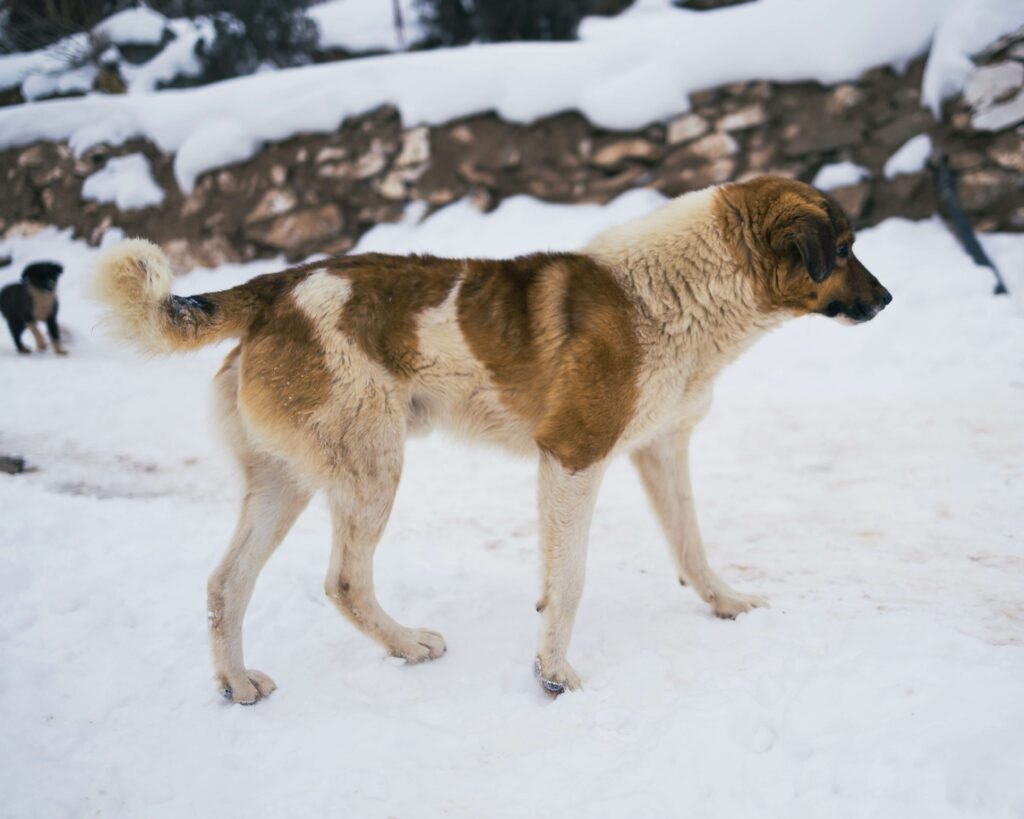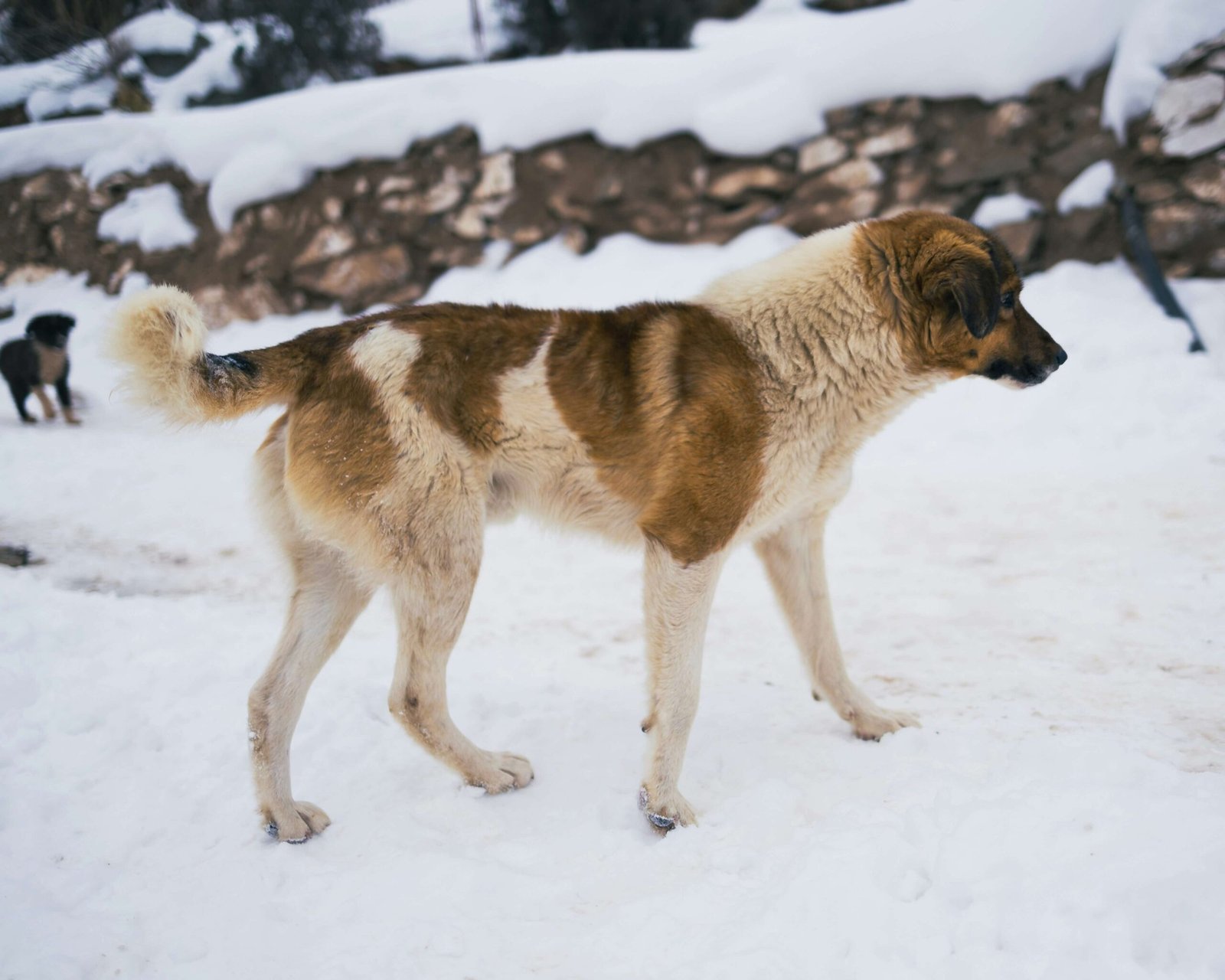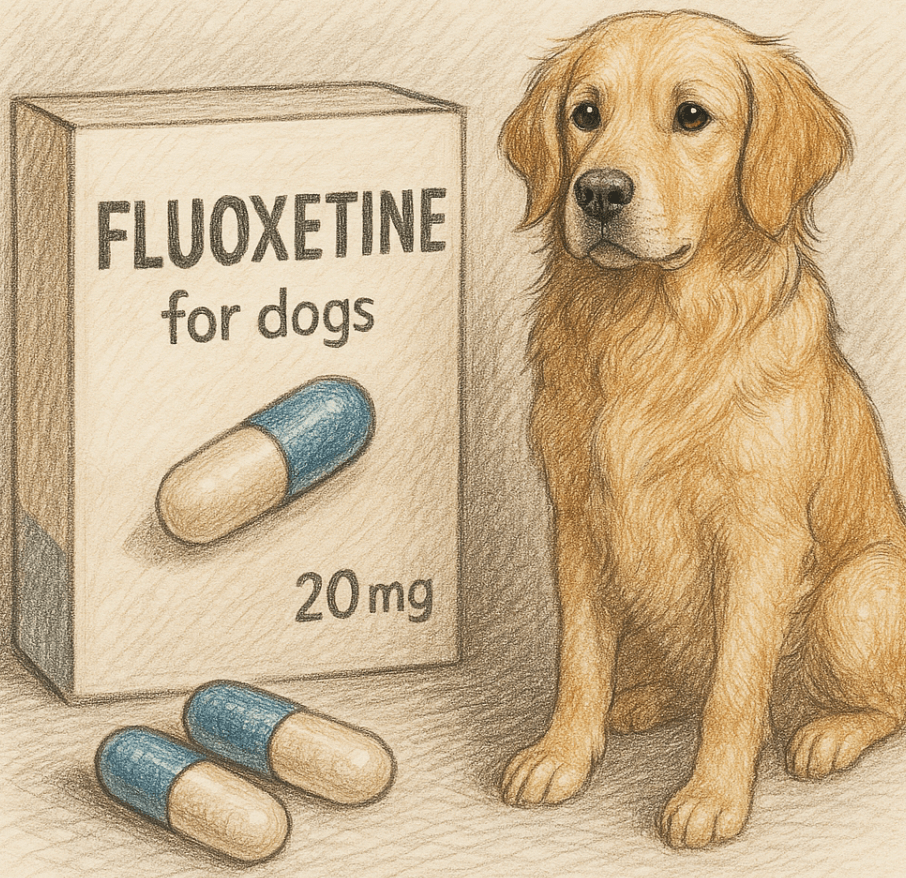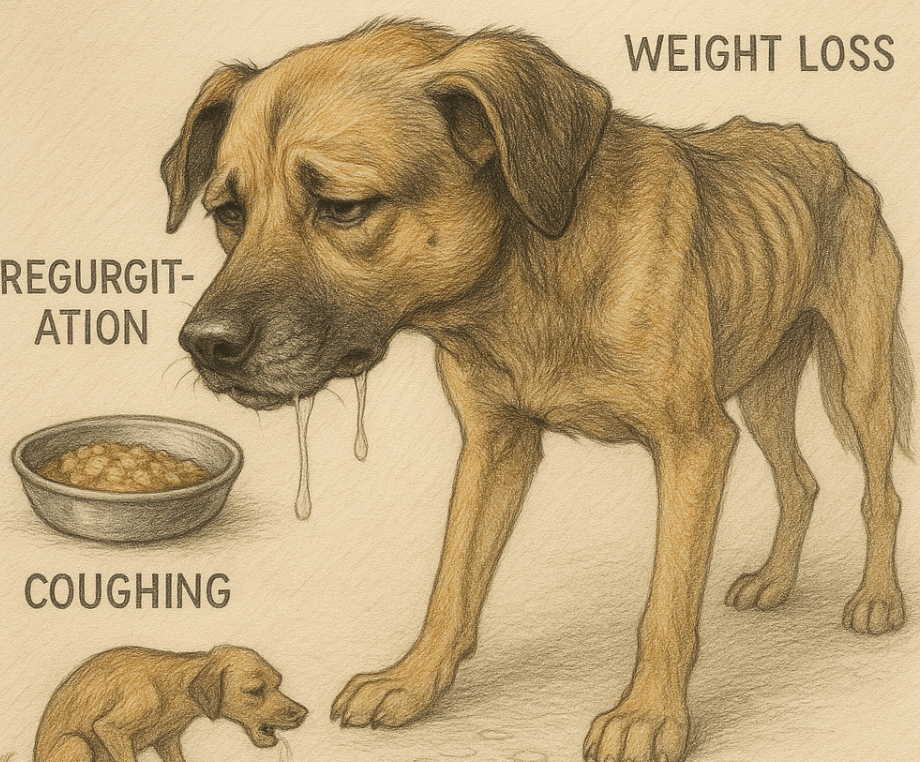Police Dog Breeds: The Unsung Heroes of Law Enforcement
Police dog breeds are an integral part of law enforcement, serving as loyal partners to officers and playing a critical role in maintaining public safety. These highly trained canines are selected for their intelligence, strength, and versatility, making them indispensable in tasks such as tracking suspects, detecting explosives or narcotics, and providing crowd control. From the fearless German Shepherd to the agile Belgian Malinois, each breed brings unique qualities to the force. In this blog post, we’ll explore the most popular police dog breeds, their characteristics, training requirements, and why they excel in their demanding roles.
Top Police Dog Breeds and Their Unique Traits
Not all dog breeds are suited for police work, but certain breeds stand out for their exceptional abilities and temperament. Here’s a look at some of the most commonly used police dog breeds and what makes them so effective:
German Shepherd : Known for their loyalty, intelligence, and strong work ethic, German Shepherds are versatile and excel in a variety of police tasks.
Belgian Malinois : Agile, energetic, and highly trainable, this breed is prized for its endurance and ability to handle intense physical demands.
Rottweiler : With their imposing size and protective instincts, Rottweilers are excellent for guard duty and apprehension roles.
Labrador Retriever : Friendly yet focused, Labs are often used for detection work, including sniffing out drugs, explosives, or even missing persons.
Bloodhound : Renowned for their incredible sense of smell, Bloodhounds are unmatched when it comes to tracking suspects or lost individuals.
These breeds represent the pinnacle of canine performance in law enforcement, each contributing their unique strengths to the job.
Training Requirements for Police Dog Breeds
Training a police dog is no small feat—it requires time, expertise, and dedication to ensure these animals are ready for the challenges of their duties. Here’s what goes into preparing a police dog for action:
Basic obedience training : Before specializing, dogs must master commands like “sit,” “stay,” and “heel” to ensure they are responsive and reliable.
Specialized skill development : Depending on their role, dogs are trained in areas like scent detection, suspect apprehension, or search-and-rescue operations.
Socialization with humans and other animals : Proper socialization helps police dogs remain calm and focused in chaotic environments.
Physical conditioning : Regular exercise keeps these dogs fit and ready to perform physically demanding tasks.
Bonding with their handler : A strong bond between dog and handler is essential for effective teamwork and communication during high-pressure situations.
Through rigorous training, police dog breeds become finely tuned instruments of law enforcement, capable of performing their duties with precision and confidence.
Check this guide 👉Police Dog Commands: Best 7 Expert Tips!
Check this guide 👉The Role of German Shepherd Police Dogs: Best 7 Expert Tips!

Qualities of Ideal Police Dog Breeds | Challenges in Training Police Dogs |
|---|---|
High intelligence | Requires consistent and patient training |
Strong work ethic | Can be physically demanding for trainers |
Excellent scent detection | Behavioral issues if not properly socialized |
Loyalty and obedience | Expensive due to specialized training |
Fearlessness under pressure | Not all dogs pass the rigorous selection process |
Roles and Responsibilities of Police Dog Breeds
Police dogs are assigned various roles depending on their skills and temperament. Each role requires specific training and expertise to ensure success. Here’s a breakdown of common responsibilities:
Tracking and search : Dogs use their keen sense of smell to locate missing persons, suspects, or evidence at crime scenes.
Narcotics and explosives detection : Specially trained dogs can identify illegal substances or dangerous materials hidden in vehicles, buildings, or luggage.
Apprehension and patrol duties : These dogs assist officers in detaining suspects and maintaining order in volatile situations.
Search-and-rescue operations : Police dogs are often deployed in disaster zones to locate survivors trapped under rubble or debris.
Crowd control : Certain breeds are trained to manage large crowds and prevent riots or disturbances.
The diverse roles of police dog breeds demonstrate their adaptability and importance in modern law enforcement.
Caring for Police Dog Breeds: Ensuring Their Well-Being
Even the toughest police dogs require proper care to stay healthy and perform at their best. Handlers and trainers must prioritize their physical and emotional needs. Here’s how to care for these hardworking canines:
Balanced diet tailored to their activity level : High-quality food rich in protein supports muscle recovery and energy levels.
Regular veterinary check-ups : Routine health screenings help detect potential issues early and keep dogs in peak condition.
Mental stimulation through play and training : Engaging activities prevent boredom and reinforce their skills outside of work hours.
Adequate rest and downtime : Police dogs need plenty of rest to recover from physically demanding tasks.
Strong emotional support from handlers : Building trust and providing affection ensures the dog feels secure and motivated.
By prioritizing their care, handlers can ensure police dog breeds remain happy, healthy, and ready to serve.
The Evolution of Police Dog Breeds Over Time
The use of police dog breeds has evolved significantly over the years, adapting to advancements in technology and changes in law enforcement needs. Understanding this evolution provides insight into how these dogs have become such an integral part of modern policing. Here are some key milestones in their history:
Early beginnings : Dogs were first used by law enforcement in the late 19th century for basic patrol duties, primarily in European countries.
World War I and II contributions : Military working dogs inspired the adoption of similar practices in civilian law enforcement after the wars.
Introduction of scent detection : In the mid-20th century, dogs began being trained for specialized tasks like drug and explosive detection.
Modern advancements : Today’s police dogs are equipped with high-tech gear and undergo rigorous training to tackle complex challenges.
Global adoption : Police dog units are now a standard feature in law enforcement agencies worldwide, showcasing their universal effectiveness.
This historical perspective highlights the adaptability and enduring value of police dog breeds in maintaining public safety.
Benefits of Using Police Dog Breeds in Law Enforcement
Police dog breeds bring numerous advantages to law enforcement operations, making them indispensable tools for officers. Their unique abilities complement human efforts, enhancing efficiency and success rates. Here are some key benefits:
Enhanced speed and agility : Dogs can navigate challenging terrains faster than humans, making them ideal for pursuits and search missions.
Superior scent detection : Their unmatched olfactory capabilities allow them to locate hidden objects or individuals with remarkable accuracy.
Deterrent effect on criminals : The presence of a police dog often discourages suspects from resisting arrest or fleeing.
Cost-effective solution : Compared to hiring additional personnel or investing in expensive equipment, police dogs offer a cost-efficient alternative.
Emotional support for victims : Police dogs can provide comfort and reassurance to victims during traumatic situations.
These benefits underscore why police dog breeds remain a cornerstone of effective law enforcement strategies.
Challenges Faced by Police Dog Handlers
While police dog breeds are invaluable assets, handlers face unique challenges in managing and caring for these working animals. Balancing their professional and personal needs requires skill and dedication. Here are some common challenges:
Physical demands on the handler : Keeping up with a highly active police dog requires handlers to maintain their own fitness levels.
Emotional toll of injuries or losses : Handlers often form deep bonds with their canine partners, making injuries or deaths particularly difficult to handle.
Public misconceptions : Some people may view police dogs as overly aggressive, requiring handlers to educate the public about their roles.
Balancing work and home life : Since many police dogs live with their handlers, maintaining boundaries between work and personal time can be tricky.
Retirement planning for the dog : Handlers must prepare for their dog’s transition into retirement, ensuring they receive proper care in their later years.
Despite these challenges, the rewards of working with police dog breeds far outweigh the difficulties, creating a partnership that saves lives and strengthens communities.
FAQ
What are the most common police dog breeds?
German Shepherds, Belgian Malinois, Rottweilers, Labrador Retrievers, and Bloodhounds are among the most popular police dog breeds.
How long does it take to train a police dog?
Training typically takes 8–16 weeks, depending on the dog’s role and individual progress.
Are police dogs aggressive?
Police dogs are trained to be disciplined and controlled, only showing aggression when necessary for their duties.
Can any dog become a police dog?
No, only dogs with the right temperament, intelligence, and physical capabilities are selected for police work.
Do police dogs live with their handlers?
Yes, many police dogs live with their handlers, forming a close bond that enhances their working relationship.
Celebrating the Dedication of Police Dog Breeds
Police dog breeds are more than just working animals—they are heroes who risk their lives to protect communities and assist law enforcement. Their unwavering loyalty, incredible skills, and tireless dedication make them invaluable assets in the field. By understanding their roles, training, and care requirements, we gain a deeper appreciation for the sacrifices these remarkable dogs make every day. Whether tracking down criminals, sniffing out danger, or comforting victims, police dogs remind us of the extraordinary bond between humans and animals. Let’s honor their contributions and ensure they receive the respect and care they deserve.
Fluoxetine for Dogs: Best 7 Expert Tips! Discover expert advice on using fluoxetine safely, managing side effects, and improving your dog’s mental health effectively.
Megaesophagus in Dogs: Best 7 Expert Tips! Discover expert advice on symptoms, management, and care to improve your dog's quality of life with this challenging condition.
Giant Schnauzer Dog: Best 7 Expert Tips! Discover expert advice on training, grooming, and living with this intelligent, loyal breed for a happy and well-behaved companion.
Dog Jerky Recipe: Best 7 Expert Tips! Discover easy, healthy, and safe homemade dog jerky ideas with expert advice on ingredients, preparation, and storage for your pup's delight.





